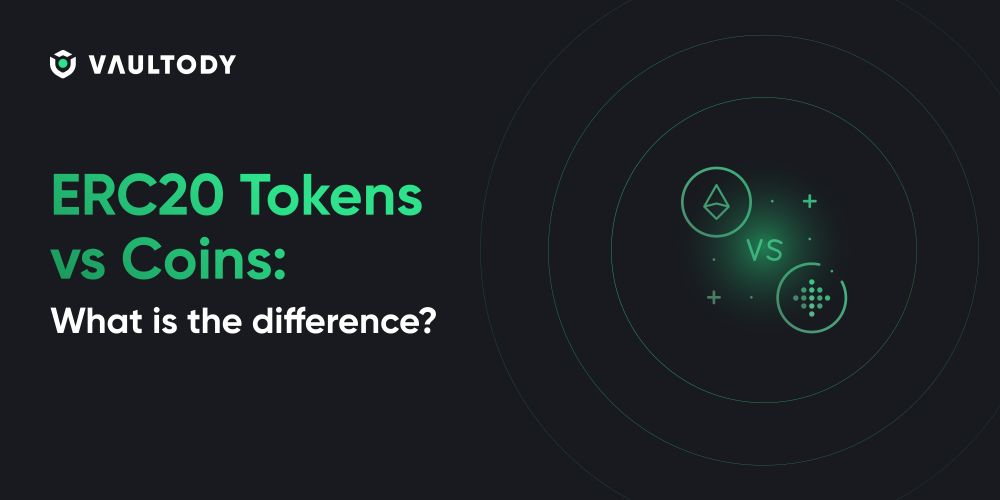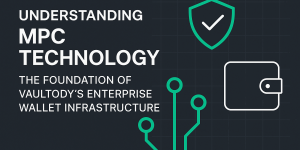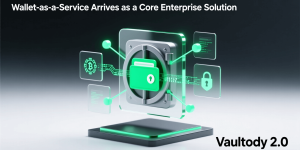ERC20 Tokens vs Coins: What is the difference?

ERC20 is the most popular token standard used for smart contracts on the Ethereum blockchain. Smart contracts represent automatically executed decentralized agreements which were coded and are open to everyone for use and deployment. Their main role is to eliminate intermediaries and allow the creation of decentralized tokens and applications in a safe and secure environment, with pre-defined functions and criteria.
The first difference between tokens and coins is that they are often used as interchangeable terms, and this is completely wrong since they are very different from one another. There are certain similarities between both types of digital assets, such as their usage as means for exchanging or storing value, and they are stored on the public distributed ledger. Apart from them, tokens and coins are very different.
Coins are native to their blockchains, such as TRX is to TRON, ETH is to Ethereum, BTC is to Bitcoin, XRP is to Ripple and so on. How coins are priced is determined to a large extent by their demand, trading volume and how actively they are used by network users. All these factors are also affecting how stable a coin is, for example the demand for Bitcoin is very high, making BTC the most stable cryptocurrency (note that this does not mean that price fluctuations do not exist). Fluctuations in prices can be driven by factors such as socio-political, technological, and other external influences.
On the other hand, tokens leverage a specific blockchain network, and in some cases, they may operate across multiple blockchains. Tokens come into existence through smart contracts and can carry with them a diverse array of functionalities tailored to fulfil their intended purposes. This spectrum includes utility tokens, governance tokens, and security tokens, each designed to serve distinct roles within the blockchain ecosystem.
What is ERC20?
ERC20 is one of the most popular token standards, using the Ethereum Virtual Machine (EVM) compatible networks. It allows the creation of fungible tokens, meaning that each token will have the exact same function and value. This is exactly the opposite of what NFTs (non-fungible tokens) offer, since each NFT asset is unique and can be of different value when compared to another NFT asset.
The ERC20 standard allows developers to create via smart contracts tokens that can serve different purposes with a very wide range of possible use cases. But what exactly makes the ERC20 different?
The ERC20 token standard assumes a specific set of rules that is applicable to all assets issued using this token standard. This covers all actions that can be performed with ERC20 assets - how they are transferred, how transactions are approved, what is the total supply of the issued assets, it sets limits on what data is accessible by users, etc.
It provides developers with a pre-defined solution that offers estimations and enables assumptions about how new tokens аre going to work within the entire EVM blockchains ecosystem. The ERC20 token standard ensures compatibility with other existing projects, optimizing developers' efforts and streamlining their workflow. This eliminates the need for each new project to undergo partial or complete overhauls.
Cryptocurrency Coins vs ERC20 Tokens
Cryptocurrencies were created with the mission to provide an alternative to conventional fiat currencies, eliminating the need for central authorities to control the market. Their concept rests on the idea of decentralized payments which are possible through the complete elimination of intermediaries, and at the same time can facilitate a flow of transactions which mirror traditional financial practices.
One of the main differences between coins and tokens, even if we speak about ERC20 tokens, is that coins play a vital role in the blockchain ecosystem, as they are used for crypto miners rewards and to cover network fees. This means that for each transaction requiring validation, crypto miners will work towards getting a set amount of rewards, provided in coins. For transactions that are of higher priority, crypto miners receive higher amounts of coins.
Why cannot tokens be used for paying transaction fees or for rewarding cryptocurrency miners? In simple terms, coins and tokens serve different roles in a network. Coins are the main currency, powering the entire ecosystem, and tokens are additional assets that run on the same network. Tokens allow to perform similar actions as coins do, such as buying, selling, storing and swapping value. The main difference between tokens and coins is that coins are always decentalized as they are native to their respective blockchains. Tokens, on the other hand, can be decentralized, but some of them are centralized such as the USDT TRC20. This asset is pegged to the USD currency and maintains a stable price at almost all times with minimal price quotation corrections taking place based on the circulating supply of the token.
Another major difference is that tokens cannot be used for covering transactions fees or mining rewards, and only coins are used since they are native to the networks on which crypto miners are processing (validating) transactions. There are common agreements accepted by blockchain developers and cryptocurrency miners that allow only native to the blockchain coins to be accepted as rewards and to go towards covering transaction fees. Tokens, on the other hand, function more like additional tools that can be used in addition to the main currency, which is in charge of maintaining and developing the whole blockchain ecosystem.
ERC20 standard was proposed in 2015 as there was a clear need for the introduction of a token standard within smart contracts on the Ethereum network. After passing an approval from the developers community, the standard was accepted and implemented two years later.
Тhe ERC20 standard represents a set of functions and events which can be deployed via smart contracts from developers, for the creation of a new ERC20-compatible asset. All specific to the token standard functions and events are predefined and lay in the foundation of smart contracts. These smart contracts are open to use by everyone in the community, and represent lines of code with automated execution rules, which are triggered once all conditions outlined in the smart contracts are met, including covering transaction fees in native currencies from the sender address.
In theory, everyone who would like to create their own ERC20 asset can deploy smart contracts. It is important to note that all tokens are created with the use of smart contracts. This is valid for all other protocol-related token standards. In the case of Ethereum, we mean standards such as ERC721, ERC777, ERC1155 and others.
Smart contracts cannot be used for the creation of coins (cryptocurrencies native to the blockchain networks). The use of smart contracts is supplementing the network`s ecosystem and allows creators to make their own contribution through the development of their own projects, but their projects can never substitute the main cryptocurrency of each blockchain.
Examples of popular ERC20 tokens are Tether (USDT), USD Coin (USDC), Wrapped BNB (WBNB), Wrapped Polygon (WMATIC), Wrapped Solana, some of Binance`s products such as Binance USD (BUSD) and BNB (BNB), Shiba Inu (SHIB) and many others.
The wrapped tokens are providing interoperability and are allowing particular assets to run on another blockchain. They are bridging different blockchain networks, facilitating the transfer and use of assets across diverse ecosystems.
In the context of ERC20 tokens, if someone would like to utilize, say, the network of Tron, they can use TRC20 tokens which share the same functionalities and events as ERC20 tokens. Despite having the same token functionalities, TRC20 tokens cannot be sent over the Ethereum network, and vice versa - ERC20 tokens cannot be sent on the Tron blockchain, as this will lead to a financial loss of the token sender. In regards to coins, if we discuss wrapped Bitcoin for instance, this asset will allow using Bitcoin in DeFi applications on the Ethereum network, granting access to Ethereum-based smart contracts, and at the same time maintaining exposure to the value of Bitcoin.
Managing cryptocurrency coins & ERC20 tokens with Vaultody
Some coins, such as Ethereum are widely known for having relatively high transaction fees. It is important to note that transactions with ERC20 assets will cost more than transactions placed with blockchain native coins, such as ETH, TRX, BNB and others.
It is known that the Ethereum blockchain allows processing of approximately 15 transactions per second. The number of assets running on the chain is enormous, not to mention the millions of users using the network. The result is - network congestion.
This network congestion is the main reason for high fees - each transaction competes with other transactions to get to the next block and get processed by cryptocurrency miners. In order to get a priority in front of others, transaction senders often are ready to pay higher fees, which increases gas costs and delays the processing of non-priority transactions.
Our innovative “Smart Vaults” is solving the issue with transaction fees, regardless if we are talking about tokens, coins or any other fungible assets. Vaultody`s Gas Tanker, which runs as part of the Smart Vaults, allows the incredible savings of up to 50% on gas fees from a single token transaction. If you are, however, planning to place batch transactions (valid for both coins and tokens), your reductions can go up to the astonishing 90% and can even exceed this number.
For each different blockchain, our clients can create an individual Smart Vault which will operate with all coins and tokens that run on the respective blockchain. With the use of our Gas Tanker, the incredible savings that we previously discussed in this article can be attained. This happens in the following way - the Gas Tanker is located in each separate Smart Vault and functions as the main fee address. For each transaction that takes place from the addresses associated with the vault of the client, there will be only one fee that will be dedicated from the main fee address (our Gas Tanker).
Gas Tanker is just one way to get on top of your finances and attain cost-effective management on your digital belongings. Vaultody is packed with different features which are taking care of the security of your funds, your privacy and the full control on how you operate with your own funds. Learn more by browsing our features section, reading our previous blog posts, or you can contact us for a personalized call with our team today.




 Login
Login







 Copy link
Copy link